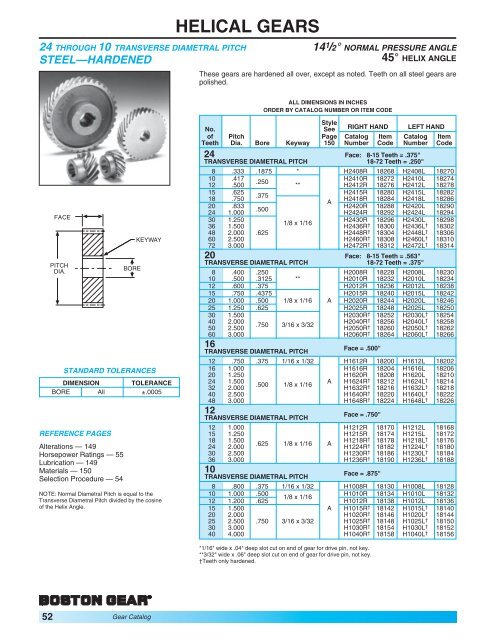
Sometimes a CVT is referred to as an "infinitely variable transmission". The term describes similar devices, even when the gear ratio is continuous rather than discrete, or when the device does not actually contain gears, as in a continuously variable transmission (CVT). In transmissions with multiple gear ratios-such as bicycles, motorcycles, and cars-the term "gear" (e.g., "first gear") refers to a gear ratio rather than an actual physical gear. An advantage of gears is that the teeth of a gear prevent slippage. The gears in a transmission are analogous to the wheels in a crossed, belt pulley system. Two or more meshing gears, working in a sequence, are called a gear train or a transmission. The teeth on the two meshing gears all have the same shape. The rotational speeds, and the torques, of two meshing gears differ in proportion to their diameters. Gears of different sizes produce a change in torque, creating a mechanical advantage, through their gear ratio, and thus may be considered a simple machine. Geared devices can change the speed, torque, and direction of a power source.

A gear may also be known informally as a cog.

The basic principle behind the operation of gears is analogous to the basic principle of levers. Oil mill in Storkensohn ( Haut-Rhin), France.Ī gear is a rotating circular machine part having cut teeth or, in the case of a cogwheel or gearwheel, inserted teeth (called cogs), which mesh with another (compatible) toothed part to transmit (convert) torque and speed. Cast iron mortise wheel with wooden cogs (powered by an external water wheel) meshing with a cast iron gear wheel, connected to a pulley with drive belt.


 0 kommentar(er)
0 kommentar(er)
